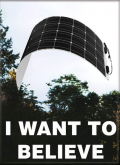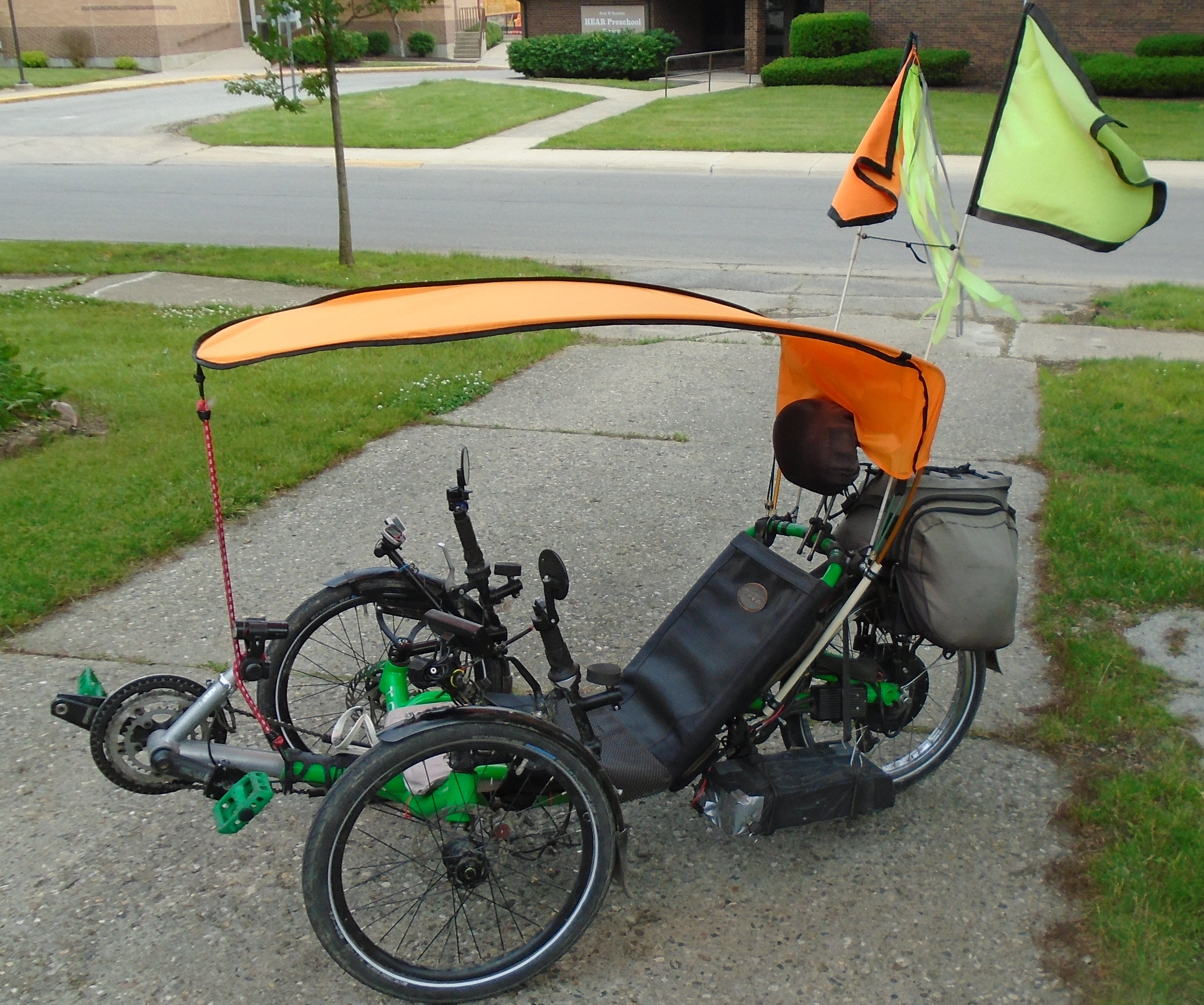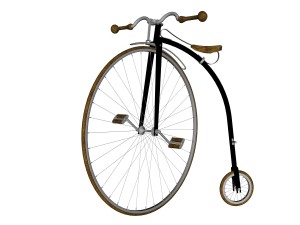Maybe Renogy plans to go public....
.........so when the cash payout for those warranties start it will come out of someone else's pocket.
Meanwhile they drive up market share and industry interest in their product so the share prices are sky high when the owners sell out to the public-financial investment group/bankers, or larger solar company.
--------------------------------------
I wonder how Renogy simulated 25 yeas of wear?????
So they crank up the UV lights to X3000 to simulate 8 years of UV every day of test use.
The bend and twist it 300 times a minute to simulate 8 years of flexing every day of test use.
They rounded up 5 schools full of small children to walk and jump up and down on the panels to simulate the full 25 years of use in one test day....
But seriously I wonder what the test method was for proof of concept and proof of manufacture technique.
The UV thing is interesting as damage is slow/long term and just cranking up the power X100 does not necessarily mean damaging it 100 times faster. It takes time to break and create new molecular bonds......(turn yellow, curl up-warp, become embrittled and crack).
.........so when the cash payout for those warranties start it will come out of someone else's pocket.
Meanwhile they drive up market share and industry interest in their product so the share prices are sky high when the owners sell out to the public-financial investment group/bankers, or larger solar company.
--------------------------------------
I wonder how Renogy simulated 25 yeas of wear?????
So they crank up the UV lights to X3000 to simulate 8 years of UV every day of test use.
The bend and twist it 300 times a minute to simulate 8 years of flexing every day of test use.
They rounded up 5 schools full of small children to walk and jump up and down on the panels to simulate the full 25 years of use in one test day....
But seriously I wonder what the test method was for proof of concept and proof of manufacture technique.
The UV thing is interesting as damage is slow/long term and just cranking up the power X100 does not necessarily mean damaging it 100 times faster. It takes time to break and create new molecular bonds......(turn yellow, curl up-warp, become embrittled and crack).











